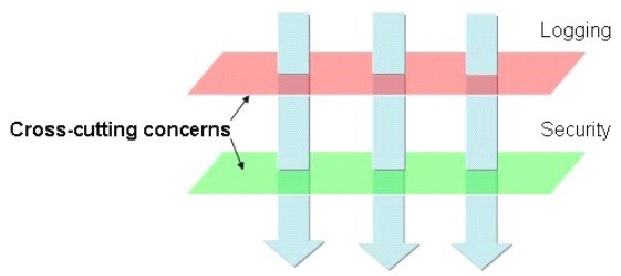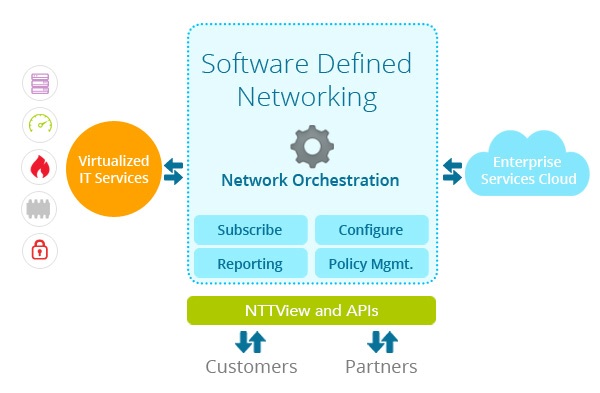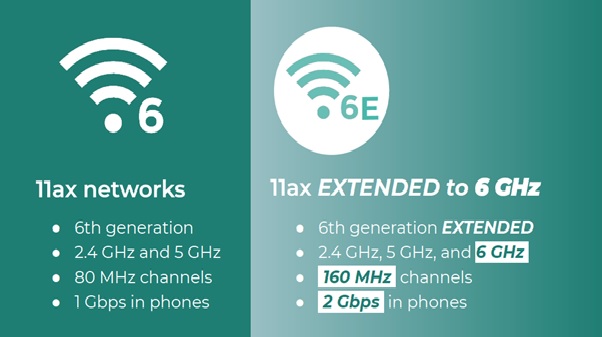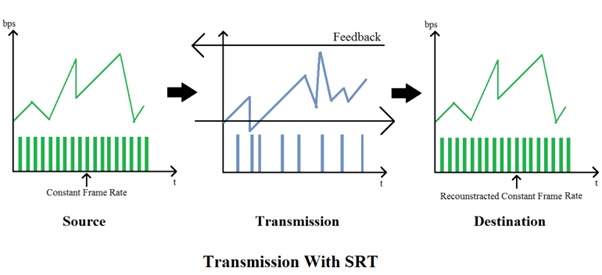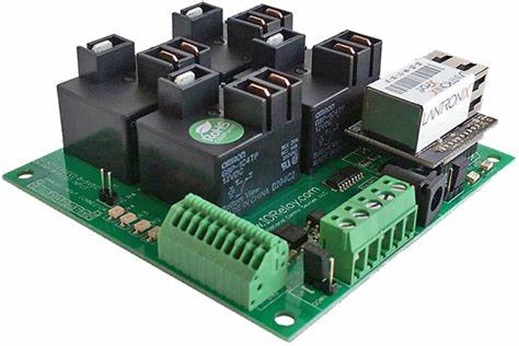Mesh Radio (Network)
Mesh offers is essentially finding a way to bypass the old methodology, which is essentially uses a star network and cell towers where direct line of sight with the access point is required. [insert article link about different topologies here] After much research and overcoming hurdles, mesh can leverage its true potential. At some point, there may be a shift from the old technology to a new one, it will all depend on the ever- evolving needs of the population. The best thing to do is research every option available in order to make an informed decision on which system works best for you.[1]
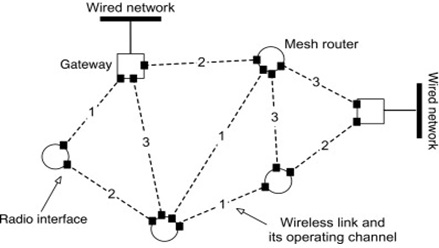
Figure 1. The Mesh Radio (Network)
Figure 1 shows as a mesh network, Thread can have several hundred devices communicating with each other and the cloud. A typical Thread network would consist of an endpoint device, router node and a border router. A typical endpoint would be a battery-powered device that communicates with a parent router. A router node would receive packets from devices on the network and forward them to the rest of the network. The border router is a device that facilitates communication between a Thread network and a non-Thread network, such as Wi-Fi or Ethernet, by forwarding packets.[3]
Advantages of a Mesh Network:
Better Coverage
A mesh network is a group of internet hubs working together. Using a network instead of a single point of access, you don't have to rely on just one router for your Wi-Fi. They work together to ensure a strong wireless connection in every nook and cranny of your home.
Minimizing Dead Zones
Traditional routers tend to lose Wi-Fi signal the further away you are. A mesh network eliminates those dead zones. The stations piggyback on one another, so it acts like a continuous link no matter where you are in your home.
Smartphone Management
Most mesh systems include a user-friendly smartphone app. The app helps you understand the ins and outs of your system. This means you don't need a large company to play middle man to manage your system anymore. You can manage it at your fingertips.
Accommodating
Most people use handheld devices and smartphones to connect to Wi-Fi at home. It's no longer the norm to have a stagnant "computer room" with a single desktop. In the past few years, there has been a rise in several other internet-based devices. Smart speakers, televisions, watches, and even bathroom scales. These devices are scattered throughout the different rooms in our home.
Disadvantages:
Costly Device
Depending on your home's size and layout will determine which mesh system is best. Regardless, the price is much higher than a traditional router. There are currently three main home systems in the market today to consider when you are shopping for a wifi mesh network.
Scaling
Piggybacking on the price point is the scalability of a mesh network. If you need a network to cover a large amount of space, you will need more modules. After all, Wi-Fi coverage is only as good as the number of hubs you can afford. For each added node, the price will go up.
Overly User-Friendly
Mesh networks are designed with consumers in mind. They are simple, and while this is ideal for many customers, it may mean a lack of features for more advanced Wi-Fi users. For example, current systems lack the ability to change the DHCP IP. Users cannot add a custom DNS. Power-users may get frustrated that they cannot run both a 2.4GHz and 5GHz band network.[2]
References:
- https://www.smartrek.io/the-future-of-mesh-technology/
- https://www.wavedirect.net/blog/mesh-networking-advantages-disadvantages
- https://devops.com/thread-is-the-future-of-wireless-mesh/
Cite this article:
Thanusri swetha J (2021), Mesh Radio (Network), AnaTechMaz, pp. 28




